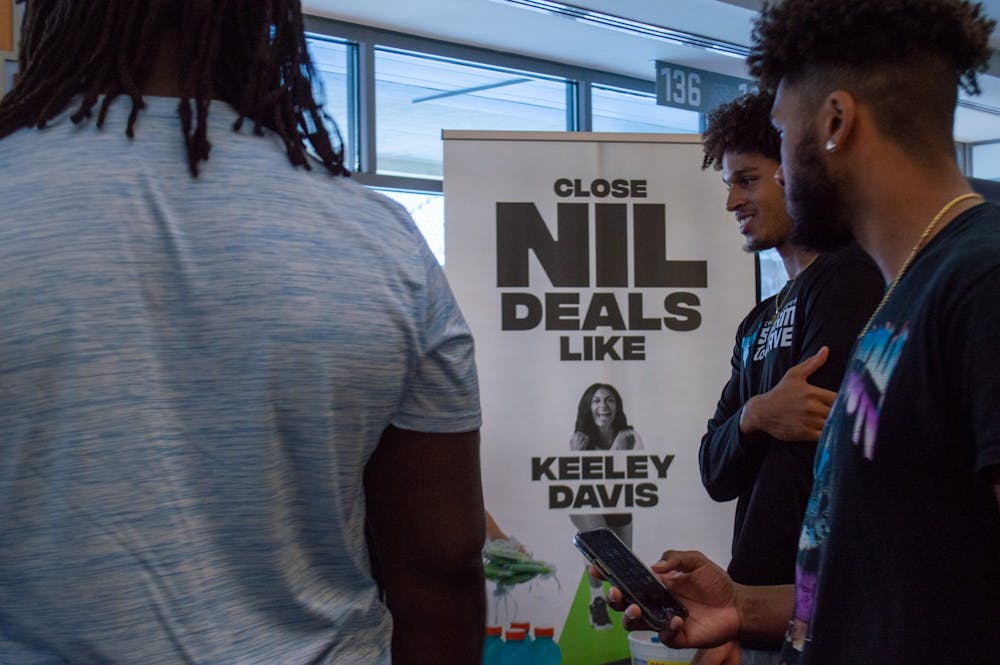Name, image and likeness — more commonly known as NIL — is highly debated, discussed and is rapidly becoming an integral part of collegiate athletics. Here’s the rundown on NIL in North Carolina and at UNC.
What is NIL?
The adoption of NIL has opened up legal pathways for college athletes to monetize their fame, personal brand and on-field accomplishments while not being paid for playing their sport — something that is illegal in the world of amateur sports.
Under these policies, athletes can now participate in promotional and marketing campaigns, allowing their NIL to be used while receiving material or monetary compensation. This can include signing autographs, running camps, holding meet and greets or endorsing products via social media.
In North Carolina, both collegiate and high school athletes can profit from their name, image and likeness. Recently, decisions from both the U.S. Supreme Court and the North Carolina High School Athletic Association has changed the landscape of compensation for athletes — adding a monetary layer to collegiate and high school sports.
In NCAA v. Alston, the Supreme Court ruled that “education-related benefits” should not be withheld from student-athletes and that it is up to the NCAA to create regulations on athletes profiting from their NIL.
The policy is intended to keep college athletics fair and condemn “pay-for-play,” while allowing student-athletes the ability to make a profit due to their on-field ability and their personal brand.
How are high school students affected?
The NCHSAA's board of directors approved a policy that would allow high school athletes in the state to profit off their NIL beginning July 1. But, athletes, their families and coaches are expected to complete an annual instructional NIL course.




